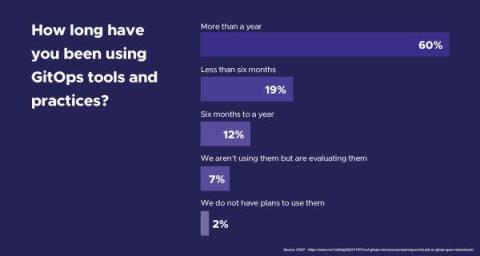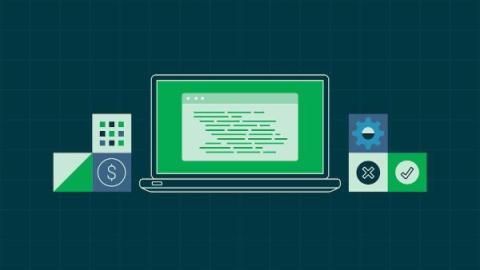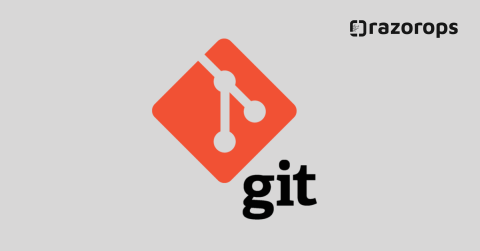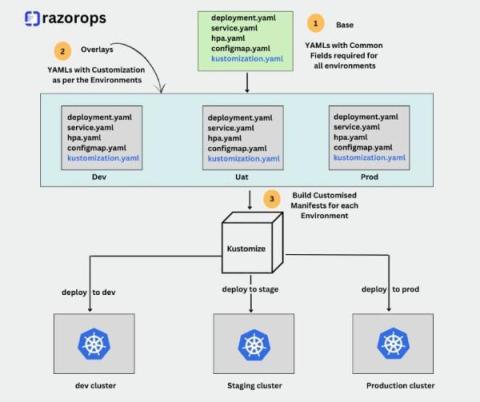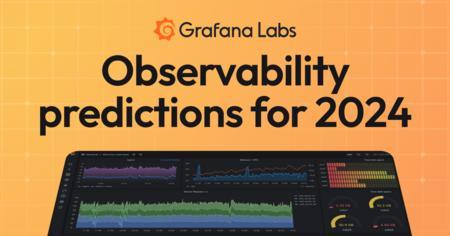Operations | Monitoring | ITSM | DevOps | Cloud
Latest News
New CNCF Survey Highlights GitOps Adoption Trends - 91% of Respondents Are Already Onboard
Stages of a CI/CD Pipeline
Test-driven development (TDD) explained
What is Git ?
Take control of user management with Cloudsmith's new SCIM capabilities
Cloudsmith announces expanded support for System for Cross-domain Identity Management (SCIM) for user management and enhanced software supply chain security.
Introducing GitOps Versions: A Unified Way to Version Your Argo CD Applications
Last month, we announced our new GitOps Environment dashboard that finally allows you to promote Argo CD applications easily between different environments.
Prompt engineering: A guide to improving LLM performance
Prompt engineering is the practice of crafting input queries or instructions to elicit more accurate and desirable outputs from large language models (LLMs). It is a crucial skill for working with artificial intelligence (AI) applications, helping developers achieve better results from language models. Prompt engineering involves strategically shaping input prompts, exploring the nuances of language, and experimenting with diverse prompts to fine-tune model output and address potential biases.
What is Kustomize ?
In the dynamic realm of container orchestration, Kubernetes stands tall as the go-to platform for managing and deploying containerized applications. However, as the complexity of applications and infrastructure grows, so does the challenge of efficiently managing configuration files. Enter Kustomize, a powerful tool designed to simplify and streamline Kubernetes configuration management.
Observability trends and predictions for 2024: CI/CD observability is in. Spiking costs are out.
From AI to OTel, 2023 was a transformative year for open source observability. While the advancements we made in open source observability will be a catalyst for our continued work in 2024, there is even more innovation on the horizon. We asked seven Grafanistas to share their predictions for which observability trends are on their “In” list for 2024. Here’s what they had to say.



